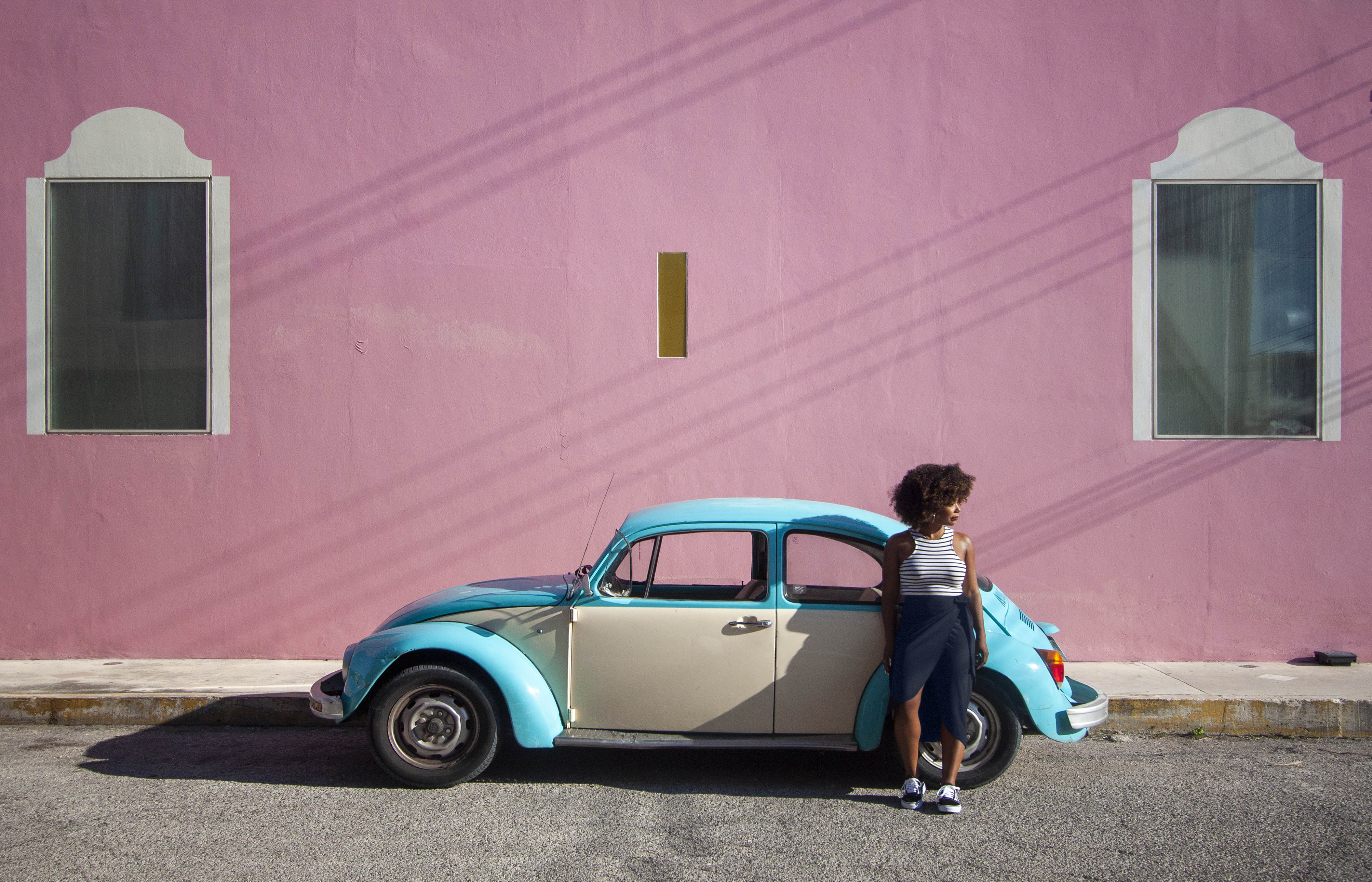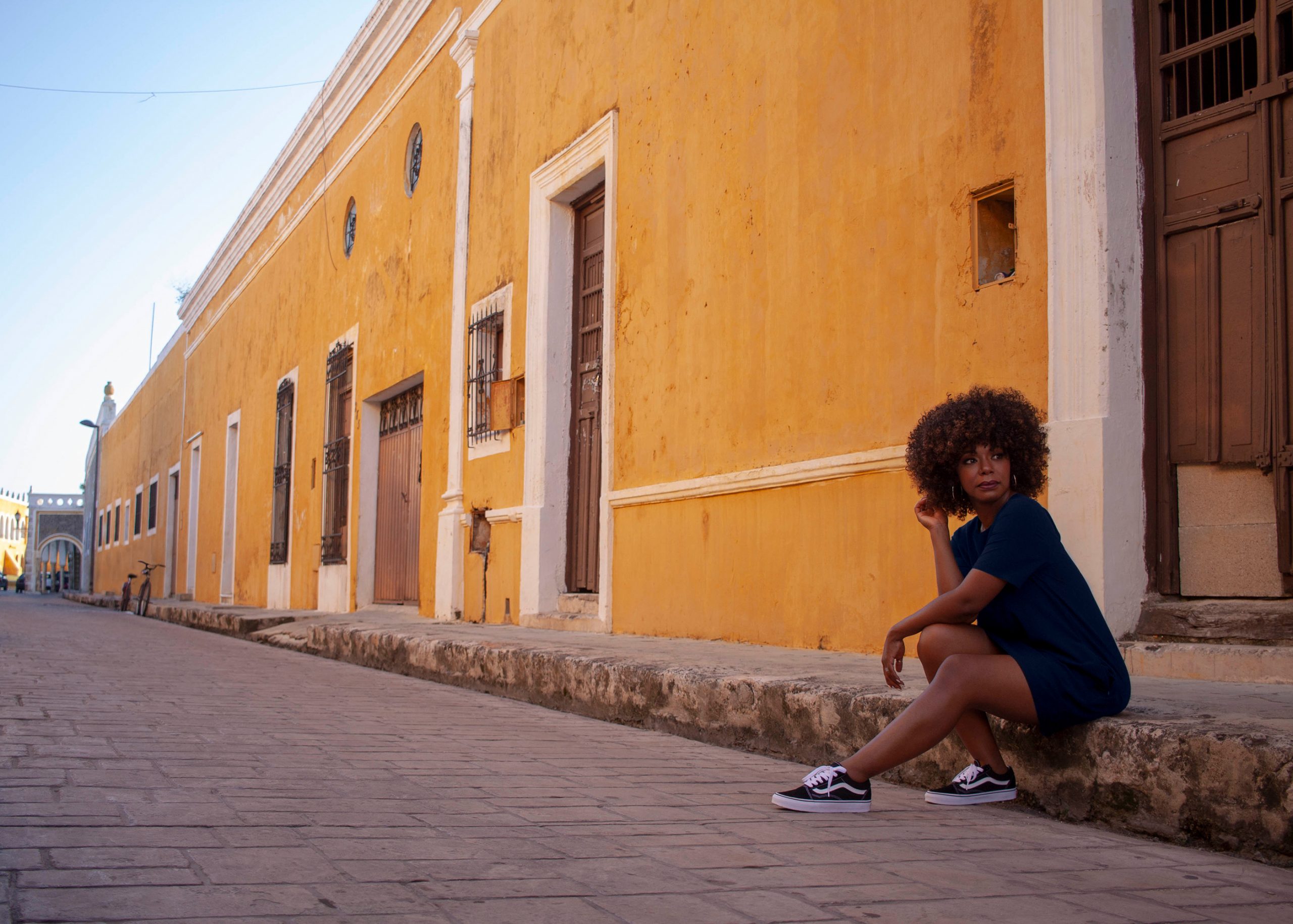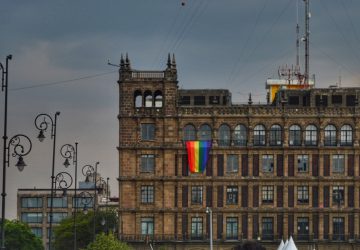We generally like to romance travel every chance we get to write about — it’s why we do what we do! This blog post, however, is going to cut right to the chase and strictly talk about the types of fabric you should travel in.

Driven by a demand for better and better performance, new fabric technologies and innovations come out every year. And when it comes to travel clothing, the fabrics you choose make all the difference — depending on the climates you’re travelling to, amount of luggage you plan to take, and cultures you’re visiting. That said, with everyone labelling their garments “moisture wicking” these days, it’s hard to know what is actually good quality and what is just branding. Essentially, it’s never been a better and more challenging time to be a consumer.
Natural Versus Synthetic Fibers
- On the synthetic side, you have nylon and polyester.
- On the natural side, you have cotton, linen, wool, hemp.TENCELL™, rayon, bamboo and Silk —
Excluding Jackets and winter wear, those are your primary options for clothing.
Let’s break them down.
Polyester & Nylon
A bad reputation for being stinky, combined with an image of shiny gym shorts from grade school PE, make many people shy away from these fabrics. But don’t be fooled. Synthetic fabrics have become leading-edge innovations in the performance category. Further, just because the fabric is synthetic doesn’t mean it has to look or even feel synthetic. In fact, it’s quite the opposite.
Due to a tighter weave, polyester & nylon are not as breathable as cotton. But nylon and polyester both wick moisture exceptionally well (we’ll talk about what the heck that means below) and they also dry much faster.
Technically, they can still be very durable when lightweight, with nylon being slightly more so. And because the fibers don’t break down as fast cotton, the garment should last longer.
Generally speaking, synthetic fabrics also do not wrinkle as bad as linen, TENCELL™ and other natural fibers.
You’ll want to ensure your synthetic garment is treated for odour protection (we’ll explain that later as well) for at least 20 washes.
In summary:
- Pros of Polyesters & Nylon: Breathable, moisture-wicking, quick drying, durable, lightweight, semi wrinkle resistant.
- Cons of Polyesters & Nylon: Not as breathable as cotton and slightly less forgiving.
Cotton & Linen
Cotton isn’t just used for cheap printed T-shirts and 5-packs of underwear. A case can be made for keeping cotton in your travel bag. For one, it’s breathable, comfortable and generally easy to care for. Depending on the garment, it also helps you look a little more Mills relaxed and at home and less like a tourist while travelling.
Mills can blend cotton with spandex or polyester for extra durability, wearability, and shape retention.
Denim, in fact, is an insanely durable piece of travel clothing. No, it doesn’t dry fast and tends to be heavy and warm in hot climates, depending on what you’re doing, don’t rule it out when travelling to more temperate destinations.
The downside to all is that they wrinkle easily and do not dry quickly as other fabrics.
In summary:
- Pros of Cotton & Linen: Soft, durable, versatile, and easy to care for
- Cons of Cotton & Linen: Not as moisture-wicking and quick drying, linen can be prone to wrinkles
Rayon, Bamboo, TENCELL™
With the natural look and feel of these plant-based fabrics, combined with some inherent performance attributes, they often perfect for travel.
Bamboo fabric is derived from the cellulose of the bamboo stalk. TENCELL™ branded lyocell and Rayon, known as Modal, come from the cellulose of wood pulp derived from beech and other trees.
They’re generally smooth, durable with a similar drape, more breathable than nylon or polyester and often lighter. Although they don’t wick moisture better than polyester or nylon, they do wick moisture better than cotton; however, the fabrics tend to “grow” or stretch out and pill, and not dry all that fast. They also biodegrade over time.
Bamboo is considered temperature regulating, meaning you’ll stay cooler in hot climates and warmer in cold ones. It also has more natural anti-odour properties than cotton so can be worn more days in a row.
All three fabrics are great for layering.
In summary:
- Pros of Rayon, Bamboo and TENCELL™: Plant-based fabrics, smooth, durable, breathable and lightweight
- Cons of Rayon, Bamboo and TENCELL™: Fabrics can stretch out, prone to pilling, and not quick drying
Silk
Another excellent layering fabric, silk can hold up to 30 percent of its weight in water and not even feel damp. It has natural odour-blocking properties, naturally repels mould and mildew, and can be extremely lightweight, durable and smooth. It’s also a great fabric to blend with any other fabric such as polyester, cotton or wool.
In summary:
- Pros of Silk: Naturally repels mould and mildew, and can be extremely lightweight, durable and smooth
- Cons of Silk: Less durable than other materials.
Merino Wool
Merino wool comes from a breed of sheep found in Australia, USA, New Zealand and South America: The wool is highly prized for being soft and finely crimped — not like the itchy sweater your grandparents used to buy you. Technically speaking, most wools are around 40 microns or more (a unit of measurement for specifically for wool in which generally speaking the smaller, the better in value) but Merino, ranging from 15to 24, is much finer. That’s why it doesn’t itch. When it comes to your base-layer travel fabrics, it’s tough to beat.
It regulates temperature, wicks moisture and sometimes can be worn for days without stinking.

Although not quick dry, if you find fabrics in where Merino wool has been combined with polyester, rayon, or TENCELL™, you have the best of both worlds.
In summary:
- Pros of Merino Wool: Regulates temperature, wicks moisture and can be odour repelling,
- Cons of Merino Wool: Not quick drying
Common Concerns When Selecting Travel Clothing
What are Some Eco-Friendly Fabrics?
Each fabric has its own pros and cons regarding performance, comfort and how the manufacturing of them affects the environment. Synthetics aren’t all bad, and naturals aren’t necessarily all good. Which chemicals are used on the crops and the garments, how much water or dyes are used and other factors involved in the production, and whether the machinery and technology they are produced with are sustainable all matter.
For example, cotton is sustainable, renewable and biodegradable. Nylon and polyester have new eco-friendly options that come from recycled plastics (or even old recycled polyester clothes). They can also be produced in a closed-loop system that drastically reduces the waste and emissions that are associated with manufacturing cotton. TENCELL™ is a semi-synthetic, wood-based fiber that is produced in a sustainable and eco-friendly closed-loop system.
Washing your clothes at home is actually what causes the most harm to the environment. So buying a garment that requires fewer washes and lasts longer is critically important.
There is a lot of research that needs to be done to fully understand what brands and products are genuinely eco friends (think Patagonia level of eco-friendly and transparency) but you can look at these sources:
- Ethical Fashion Certifications and Standards: What Do the Labels Mean?
- What certifications are important?
What are Some Insect Repellent Fabrics?
Generally speaking, we understand the benefits of protecting against potentially disease-carrying bugs. That said, we don’t recommend you buy a garment treated with insecticides. Long sleeves and thicker weaves protect against bug bites; however, if you’re concerned about the area you’re travelling to, some travel doctors do recommend treating your clothes with permethrin. You can just soak your garments in the tub with Nix; there won’t be any smell once they’ve dried.
As an aside, if you’re worried about bed bugs where you’re staying then travel sheets are a must-pack item. They’re small and provide a layer of protection against untrustworthy sheets!
What is an Antimicrobial Fabric?
Antimicrobial garments are either made with inherently antimicrobial fabric or, like our dress, are treated to fight disease and smell caused by bacteria and other microbes such as Staphylococcus aureus and Escherichia coli.
Bamboo has a bio-agent called bamboo-kun that is antifungal and odour resistant; wool has a thin waxy coating that contains fatty acids that inhibit the growth of mould, mildew and bacteria.

What Does UPF Sun Protection Mean?
This is a rating that is used for clothes and fabrics that protect you from the harmful rays of the sun. It’s measured by the amount of UVA and UVB radiation that reaches the skin through the fabric. The rating has to do with the tightness of the weave and colour (and shininess) of the fabric – for instance, tightness of weave and darker colours with a little lustre block or reflects more harmful rays then loosely constructed fabrics in light colours. Cotton and linen tend to absorb more UV; polyester tends to block it.
What you need to know about Quick-Dry and Moisture-Wicking Fabrics:
Now for quick-dry features — which is similar to moisture wicking. This is an area where the synthetic fabrics start to dominate over the natural ones when it comes to travel performance.
So, before you think Damn, I need me some quick-dry fabric, ask yourself how fast you really need your clothes to dry while you’re travelling. We’ll offer one of our personal metrics: If we wash something in the sink at night, it should be dry by the morning.
As an aside — always have a place for wet clothing when you travel, like our packing cube with a sealed compartment.
Okay, so, what the heck does it really mean? Moisture-wicking relies on “capillary action” which is the movement of liquid through small spaces within the fabric. When moisture gets absorbed into the fibers (like what happens with cotton), instead of moving through the fabric (like what happens with polyester and nylon), garments dry more slowly. Synthetic fabrics are hydrophobic: they don’t absorb much water. In fact, polyester only absorbs about 0.4 percent of its own weight in moisture. Compared to, say, Merino wool that absorbs up to 33 percent.
Think of it this way: An 8 oz. polyester shirt absorbs less than half an ounce of moisture, which means that, because there isn’t much to dry, to begin with, it not only dries very fast but stays dry most of the day.
The primary purpose of quick-dry clothing is to keep you warm or fresh by moving moisture (sweat) away from your skin.
Wet clothing, besides just sucking in general, from a technical standpoint, increases the rate at which you lose body heat. Quick-dry clothing can prevent that by keeping your clothes dry and fitting the way they did when you bought them.
Final Things to Consider When Looking for the Best Fabrics to Travel in
When travelling, it’s not just important to think about which fabrics suit the climate you’re travelling to, but for how long you’re travelling for, and how many nights you’re in a given location. Preparation is critical and good fabrics can make a massive difference for your overall comfort while travelling.
We recommend trying to find clothes that function well but don’t look like hiking or athleisure because the more comfortable you look and feel, the less attention you draw to yourself while exploring a new country.
Test things out from trip to trip, and if a piece of clothing doesn’t perform the way you want it to, don’t take it on the next trip. Over the course a few trips, you’ll be able to craft the ideal wardrobe with the right fabrics to match most of your itinerary.







